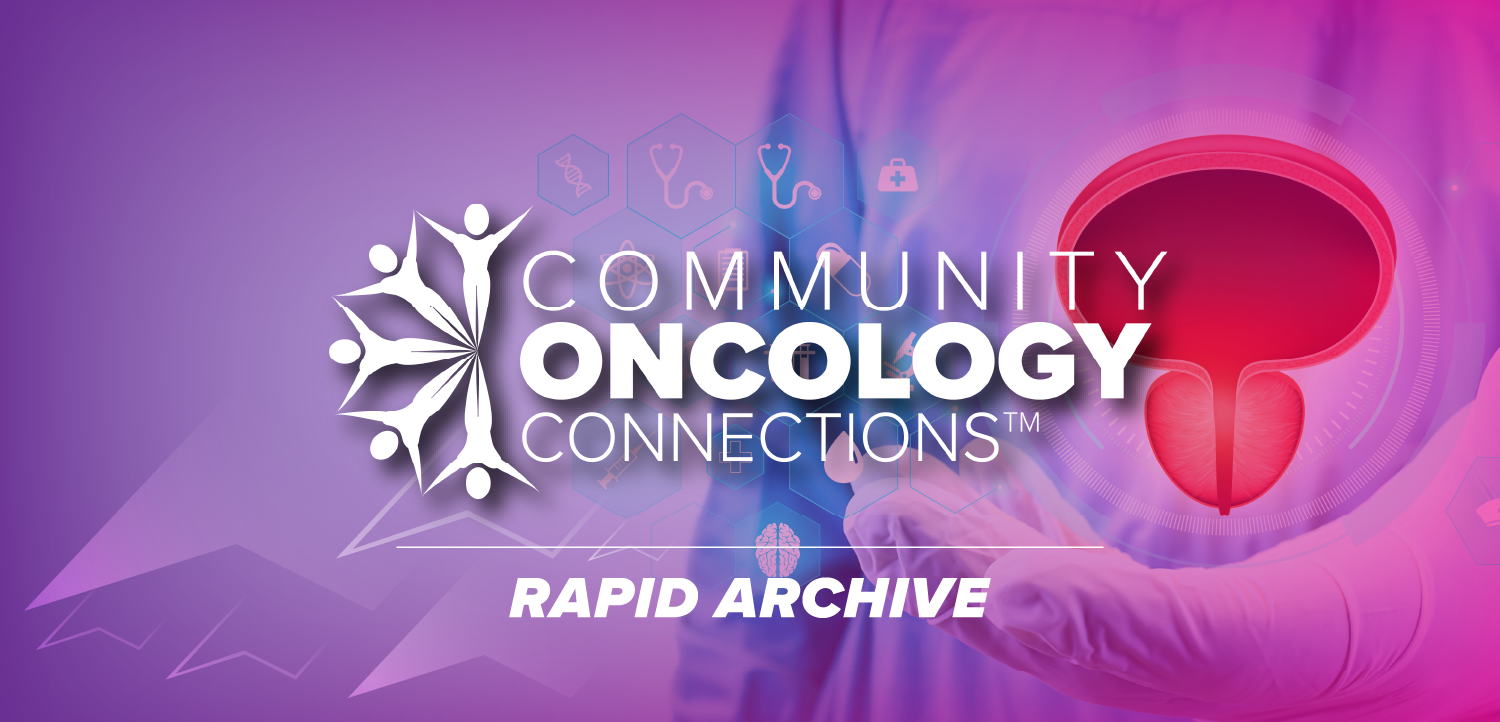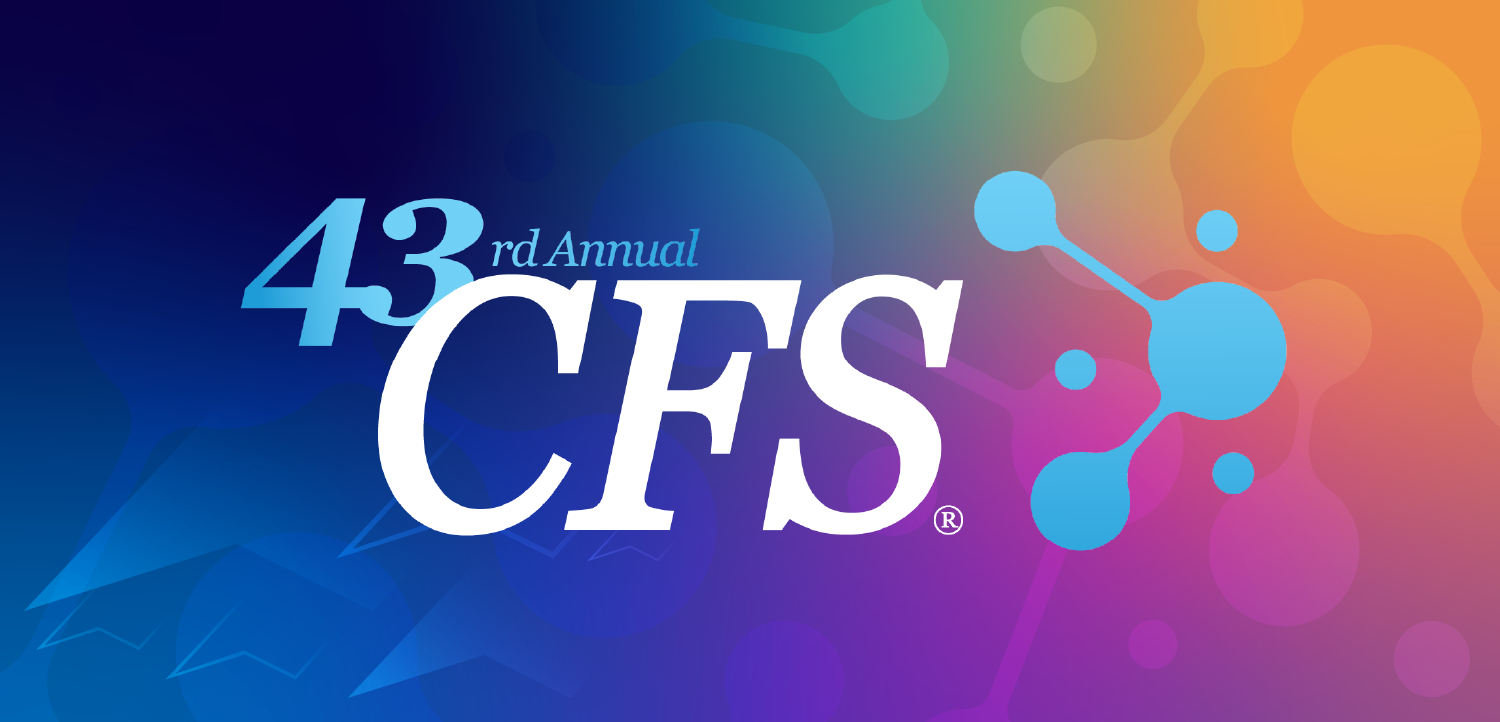Mallinckrodt files NDA for heart agent
Radiopharmaceutical supplierMallinckrodt Medical is taking the jump into technetium-basedcardiac scintigraphy. The St. Louis-based company said last weekthat it has filed a new drug application (NDA) with the Food andDrug Administration for TechneScan
Radiopharmaceutical supplierMallinckrodt Medical is taking the jump into technetium-basedcardiac scintigraphy. The St. Louis-based company said last weekthat it has filed a new drug application (NDA) with the Food andDrug Administration for TechneScan Q12, a technetium-99m agentfor myocardial perfusion imaging.
Mallinckrodt claims that TechneScan Q12 clears more rapidlyfrom the liver than other agents, reducing the level of hepaticuptake that can interfere with cardiac imaging. This may allownuclear medicine physicians to conduct cardiac imaging proceduresmore quickly by reducing the time between injection and imaging,according to the company.
Clinical studies with TechneScan Q12 also indicate that theagent is retained in the myocardium for extended periods of time,prolonging the availability of clear images.
Mallinckrodt's entry into the market for technetium-based cardiacradiopharmaceuticals will increase the number of competitors challengingDu Pont Merck, which has experienced strong market acceptancefor its Cardiolite agent since the product's introduction in 1991(SCAN 1/16/91). Another company vying for Cardiolite's marketshare is Amersham/Medi-Physics, which is waiting for FDA clearancefor Myoview, also a technetium-based agent.
Newsletter
Stay at the forefront of radiology with the Diagnostic Imaging newsletter, delivering the latest news, clinical insights, and imaging advancements for today’s radiologists.


























